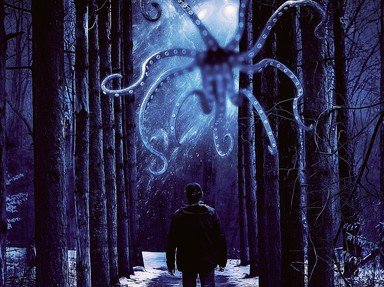Quiz Answer Key and Fun Facts
1. Who was the "Mad Arab"?
2. Which text contains the following couplet: 'Happy is the tomb where no wizard hath lain,
And happy the town at night whose wizards are all ashes.'?
3. The term "Necronomicon" roughly translates into English as:
4. This warrior was son of the Sea God Enki.
5. Mankind was created from:
6. Who is identified as the vanquisher of death in 'The (Simon) Necronomicon'?
7. Nanna was also known as whom?
8. The Sumerian parallel for the Judeo-Christian Satan is whom?
9. Who is the solar Deity?
10. Inanna slays Tiamat.
Source: Author
DesecrateThePure
This quiz was reviewed by FunTrivia editor
thejazzkickazz before going online.
Any errors found in FunTrivia content are routinely corrected through our feedback system.

